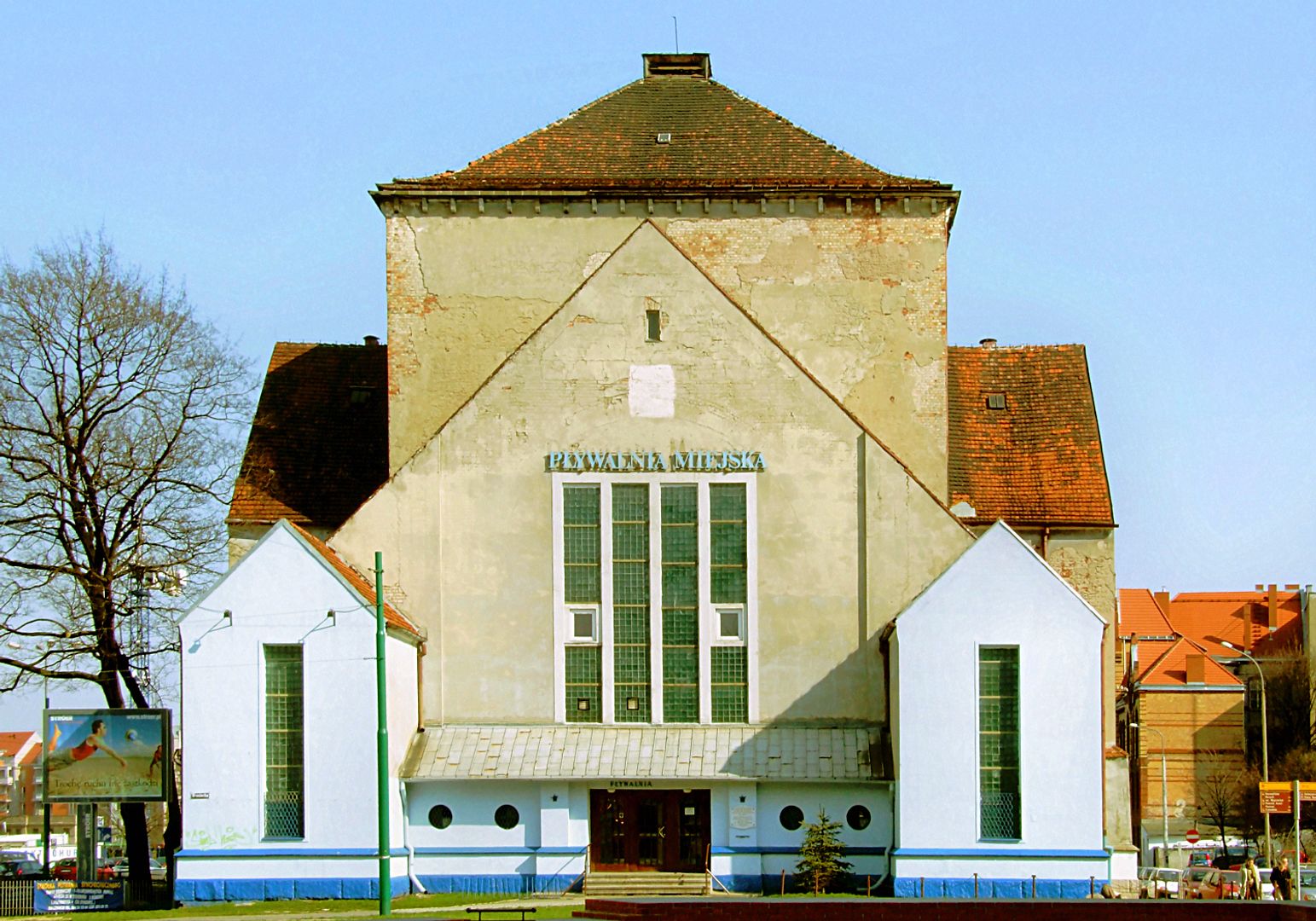New Synagogue in Poznań
6.64

Overview
The New Synagogue in Poznań, located at the corner of Wroniecka and Stawna streets, is the only preserved freestanding synagogue in the city. It was built between 1906 and 1907 according to a design by the Berlin-based firm Cremer & Wolffenstein, combining Neo-Romanesque and Neo-Moorish architectural styles. It features a Greek cross floor plan, barrel vaulting, and a richly decorated interior with an Aron ha-kodesh and a separating balustrade. During World War II, the synagogue was converted into an indoor swimming pool for Wehrmacht soldiers, resulting in significant damage and structural alteration. After the war, left in a state of disrepair, it was returned to the Jewish Religious Community in Poland in 2002, which plans to transform the building into a Center of Judaism and Tolerance. However, funding constraints and the lack of heritage listing have hindered these plans. In 2007, the synagogue celebrated its 100th anniversary, and a virtual reconstruction of its interior was presented during the celebrations. Over the years, various artistic and cultural events, such as happenings and festivals, have been held there, highlighting its historical significance as a memorial site for Poznań's Jewish community. An interesting aspect is the controversial proposal to demolish the synagogue, which met with widespread protests. Additional construction plans involving modern extensions have raised concerns about preserving the building's historical value. Recent developments suggest that the synagogue may finally be granted heritage status, which would be a significant step toward its preservation and revitalization.
Location
Tickets
Powered by GetYourGuide
2025 Wizytor | All Rights Reserved